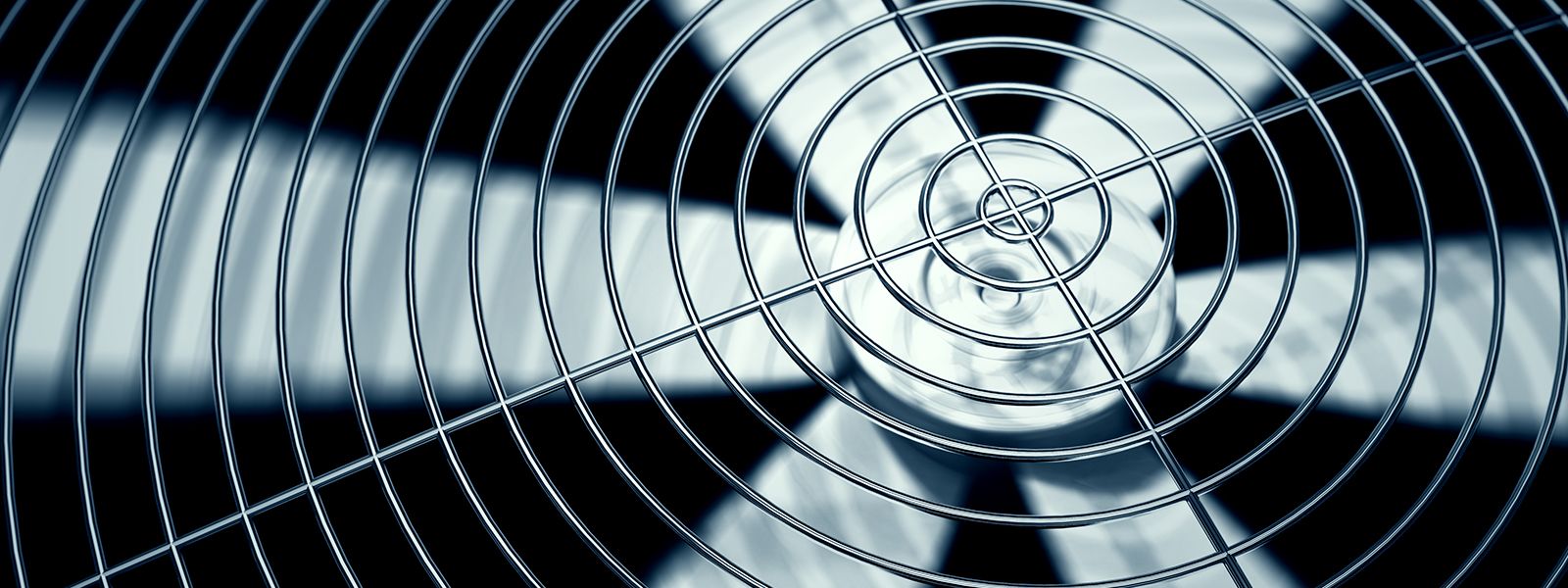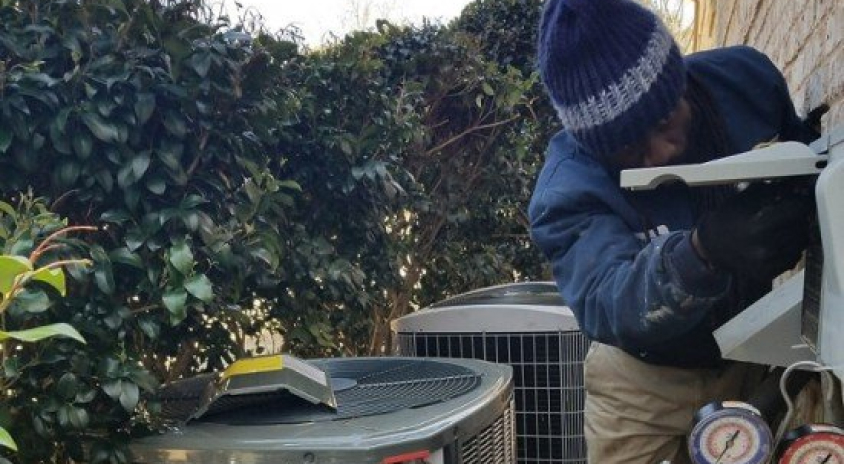What is Carbon Monoxide Poisoning?
Carbon monoxide is a dangerous poisonous gas that takes the lives of about 400 Americans every year. It is invisible, odorless, and tasteless. It can silently build up to dangerous levels inside a closed spaces like your home.
The Mayo Clinic describes the serious implications carbon monoxide has on your body. In a few minutes, carbon monoxide can quickly replace the oxygen in your blood and can bring numerous symptoms. Common symptoms are headaches or feeling like you are coming down with the flu. You may feel a rapid heartbeat, dizziness, drowsiness, out of breath, chest pain, fatigued or nauseated. It can quickly lead to vision problems, confusion, seizures, loss of consciousness and even death.
How Does Carbon Monoxide Get Into My Home?
Almost any malfunctioning cooking, heating or ventilation fuel-burning system in your home can leak carbon monoxide gas. Wood, natural gas, oil, propane, kerosene, coal or charcoal can all produce carbon monoxide if their gases are improperly vented. If the heat exchange in your furnace gets a hole or a crack, it can release carbon monoxide inside your house. Dangerous carbon monoxide gases can become trapped in your home by a clogged chimney. To prevent any danger from carbon monoxide, have your home heating system, including your chimney and vents, serviced by a qualified Hammock’s AC technician.
Other common household appliances and activities that are possible sources of carbon monoxide in your home:
- Gas or wood-burning ranges and ovens (Never use the oven for heating.)
- Water heaters
- Clothes dryers
- Wood and gas-burning fireplaces
- Gas space heaters
- Kerosene heaters
- Tobacco smoke
- Solvents, like methylene chloride that is found in paint and varnish removers, may break down into carbon monoxide and can cause poisoning.
Attached garages are very serious sources of carbon monoxide in your home. Never run any of these in a closed garage attached to your home or close to a window or door:
- Automobiles or any fuel operated motor vehicle
- Power tools
- Lawn care equipment
Never run these dangerous sources of carbon monoxide poisoning inside your home, in an attached garage or near a window or door even if the weather is cold:
- Generators
- Grills
- Camping stoves
- Other gasoline-powered appliances
How Else Can You Protect Your Home and Family From Carbon Monoxide Poisoning?
Install either battery-operated CO alarms or CO alarms with battery backup on the ceiling of every floor in your home, just outside sleeping areas and about 15 feet away from appliances that could leak carbon monoxide. To prevent false alarms, do not place them in direct sunlight, near windows, registers or in high humidity areas like the bathroom. Press and hold the test button on the alarm once a month to be sure it is working. Replace the batteries if needed.
- Make sure that all of your fuel-burning appliances are operating correctly and vented to the outside.
- Before lighting a fire in your fireplace, open the damper and keep it open until the ashes are cool.
- Keep the lint cleaned out from your dryer that can block the exhaust.
- Seal the wall between your home and the attached garage.
- Switch to UL-listed appliances that are safety rated.
Keep an eye out for any of the following signs that could indicate any problems with your home systems:
- Orange or yellow flame in your furnace, range or other combustible burning systems. The flame should always be blue.
- Decreasing supply of hot water
- Rust on fuel pipes or appliance jacks
- Soot streaks near your appliances
- Fireplace with fallen soot
- No upward chimney draft
- A burning odor
- Excess condensation on windows, walls and other cold surfaces
Hammock’s Has The Solution
Contact Hammock’s AC and talk to one of our skilled and knowledgeable technicians to see how they can help prevent carbon monoxide leaks in your home. We have many other services such as AC replacement, repair, scheduled maintenance and more to make everyone comfortable in your home. Schedule an appointment today!






